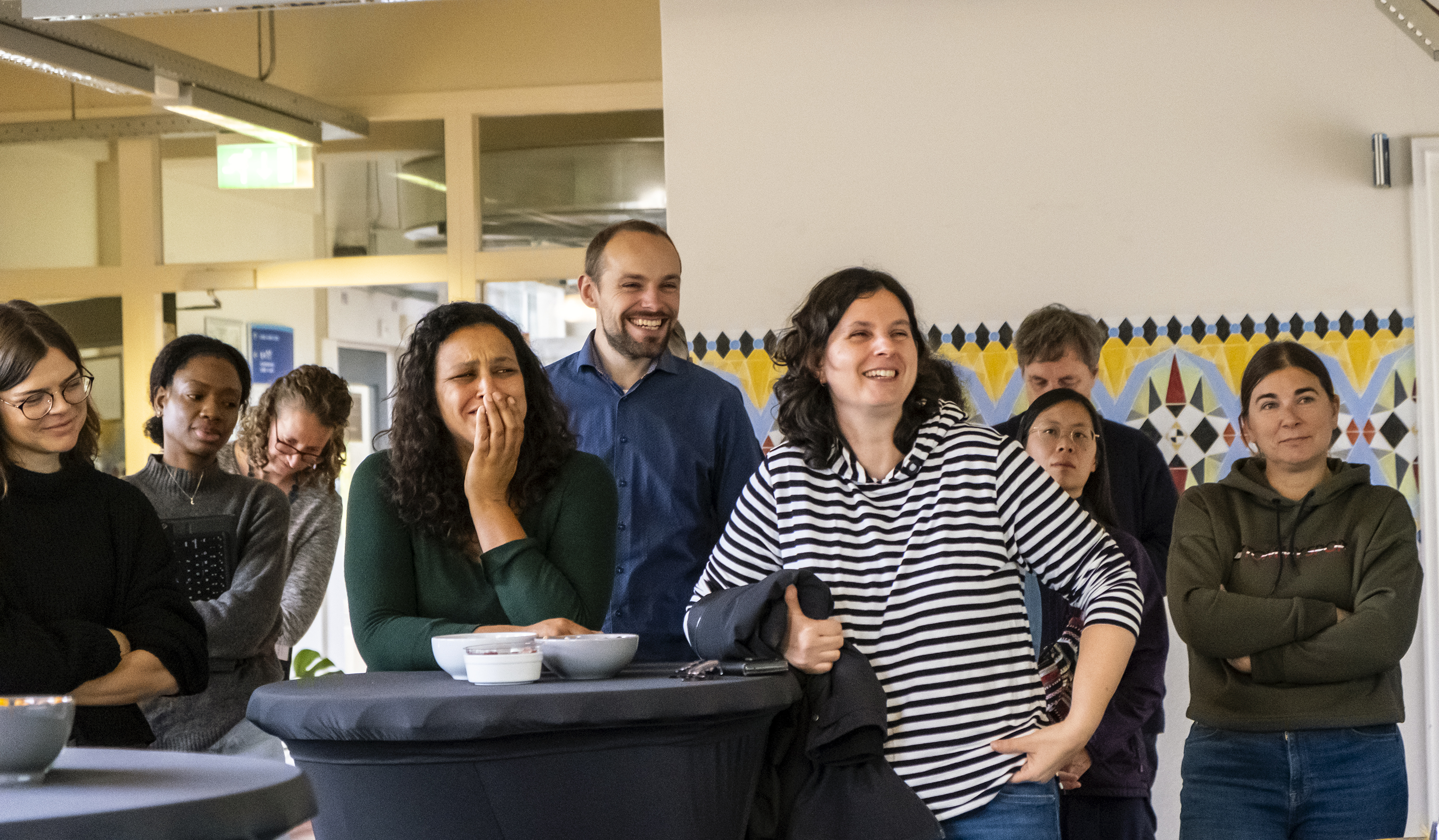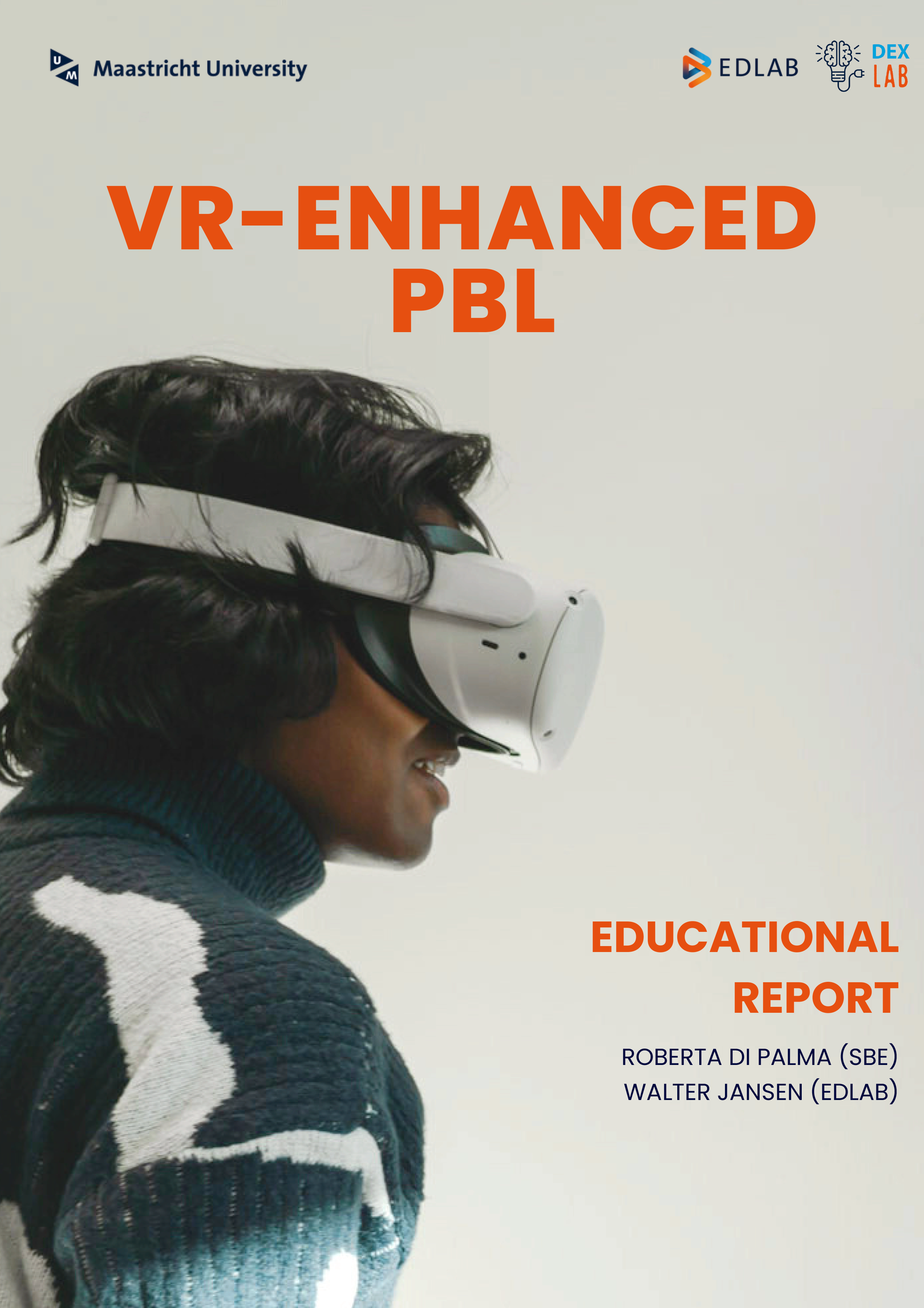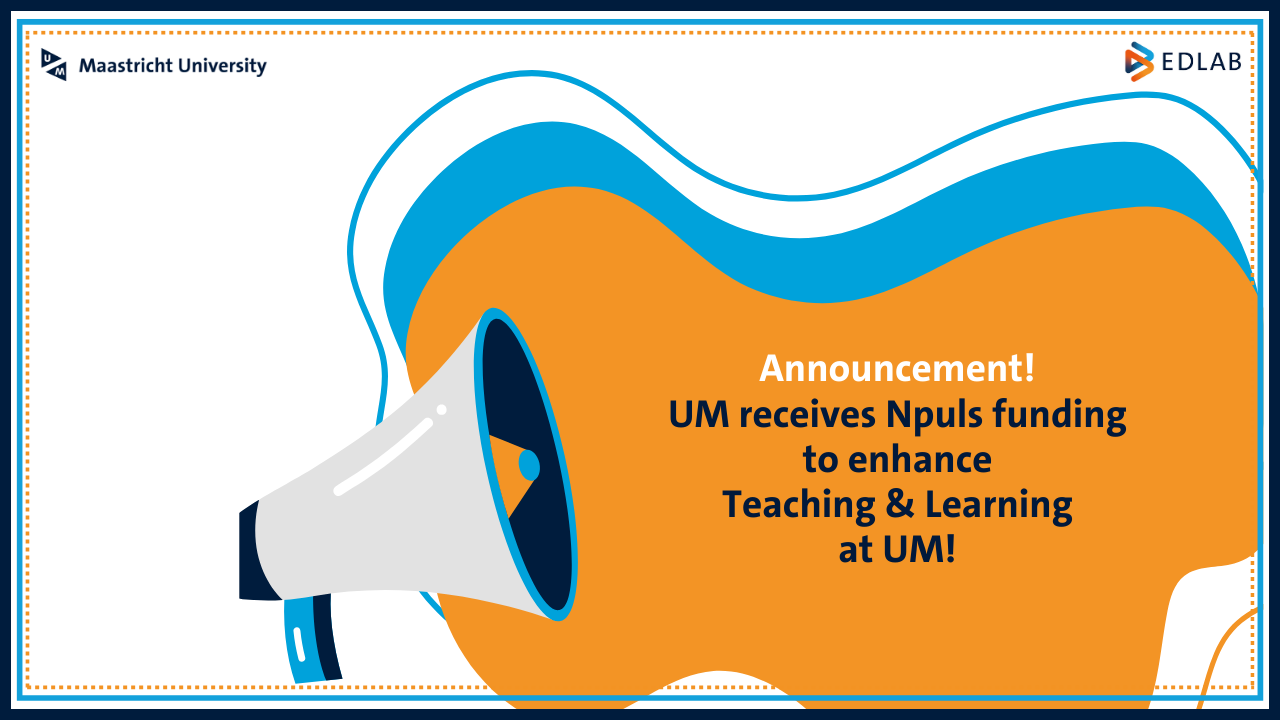Teach-Meet recap: In Maastricht's streets and hills, students flourish through a sensory-rich learning experience
Have you ever considered taking your classroom outside and using the city of Maastricht and its surroundings as a learning landscape? That's precisely what was discussed at the latest Teach-Meet session hosted by EDLAB on 25 October 2023.
During this event, Maastricht University teaching staff shared personal experiences and perspectives in moving the learning environment beyond the traditional classroom. In turn, Emilie Sitzia (FASoS), Phil Klahs (FSE), Jessica Nelson (FSE), Fleurie Nievelstein (FPN) and Nico Randeraad (FASoS/SHCL) gave lively visual presentations showing students using the sounds of railways to create a podcast series, closely examining plants and varieties of moss in the city park, exploring geological layers in the nearby quarries in St Pietersberg, or conducting face to face interviews with "Humans of Maastricht" in the city centre.
What does your teaching sound like?
Emilie Sitzia, Associate Professor in Cultural Education at FASoS, pushes the boundaries of Maastricht University’s seven-step Problem-Based Learning (PBL) framework through a sense-based approach to learning. "Sense-based learning is a training method that stimulates students to harness all eight (!) human senses to connect with their surroundings: vision, hearing, taste, smell, touch, balance, body positioning and internal sensation,” she explained.
In her sense-based projects, Emilie designs opportunities for experiential learning and exploration. For example, she asks students to go into the streets and observe the urban environment by tracking the sounds of car wheels.
“Sense-based learning makes teaching activities more active and dynamic,” she said, pointing out that with some creativity, this method can be applied to any discipline. “A teaching space can be anything – a garden, museum, public square, or even a courtroom!”
The article continues below the photo gallery.
Photo impression








EDLAB's Teach-Meet sessions are convivial moments for the Teaching & Learning at Maastricht University to present and exchange experiences around teaching practices.
In her sense-based projects, Emilie Sitzia, Associate Professor in Cultural Education at FASoS, asks students to go into the streets and observe the urban environment by tracking the sounds of car wheels.
Jessica Nelson asks her students to find examples and observe different moss species in the Maastricht city park.
Phil Klahs delves into the geological history and biological landscape characteristics of the Limburg region in the course “Limburg Landscape".
In Fleurie Nievelstein's Social Psychology course, students take to the streets of Maastricht to observe and interact with social groups they don't usually associate with.
Nico Randeraad was pleased to see his students come up with the idea to create a podcast series featuring sounds like trains passing by or the destruction of the St. Servaas Church during a fire in 1955.
These stories of teaching practices from fellow teachers encouraged many to consider stepping out of the classroom and creating a more engaging learning experience for their students.
“I realise that there are always possibilities to push the boundaries of traditional education beyond the classroom,” a teacher said at the end of the event.
Moss and marlstone
When people hear about teaching outside, the first field that comes to mind is often the field of biology. In the skills course "Exploring the World of Plants” offered in FSE’s Maastricht Science Programme", Jessica Nelson’s students receive instructions and a worksheet to fill in before heading to a location like the Maastricht city park. They observe natural habitats, find examples of different plant species, scrutinise plant structures, and compare their findings with their peers.
This approach to teaching and learning allows students to take charge of their education in a contextual, self-directed, constructive, and collaborative learning environment in line with the key principles of PBL.
Jessica’s colleague, Phil Klahs, delves into the geological history and biological landscape characteristics of the Limburg region in the course “Limburg Landscape". “It's a self-directed course, so I let my students choose which topics and excursions they want to write about,” Phil said. Options include the ENCI Quarry in Maastricht, Bunderbos in Elsloo, Bosscherveld natural area in Maastricht, Grensmaas near Meers, and more.
Jessica and Phil collaborate with local nature organisations to design their projects, providing a more immersive experience. Both teachers observed that this dynamic and proactive approach keeps students engaged and motivated, often inspiring them to continue exploring even after the course ends.
Humans of Maastricht
Fleurie Nievelstein, a teacher at FPN, believes that students can benefit greatly from studying human behaviours as they happen in real life rather than in artificial classroom situations.
In the Social Psychology course, students take to the streets of Maastricht to observe and interact with social groups they don't usually associate with. By interviewing these groups, they can unravel their own biases and prejudices. For example, students who don't plan to have children in the future might interview aspiring moms to understand their choices and preferences.
This hands-on exercise outside the classroom helps students connect not only with their environment but also with individuals they might not have otherwise met. It sparks empathy and helps overcome prejudices and biases, creating a more understanding and compassionate community.
Immersive assignments
Suppose you are looking for ways to make your course less theoretical and more engaging. In that case, the MaRBLe project, “River Care”, and the Honours project, "Digital Challenges in Cultural Heritage", can provide some inspiration.
Nico Randeraad, a teacher at FASoS and Director of the Centre for the Social History of Limburg (SHCL), led both projects. He explained that students came up with the idea to create a podcast series that featured sounds like trains passing by or the destruction of the St. Servaas Church during a fire in 1955. These sounds helped listeners to imagine public spaces differently and appreciate the richness of their city.
Pushing boundaries
These stories of teaching practices from fellow teachers encouraged many to consider stepping out of the classroom and creating a more engaging learning experience through experiential practices and sense-based learning.
“I initially saw my field of study and tutorial schedules as obstacles to engaging with the environment in my courses, but now I realise that there are always possibilities to push the boundaries of traditional education beyond the classroom,” a teacher said.
“My main takeaway is that with a creative mindset, I can adapt teaching outdoors and incorporate sensory experiences into any course to some extent,” said another.
Next time you see students roaming in the streets and hills of Maastricht, think twice: they might be studying!
By Lia Krizova, EDLAB Student Assistant, Bachelor Student FASoS

Teach-Meet: Stepping outside the classroom
Maastricht as your learnscape
Also read
-
Teaching and mentoring roles often intersect, creating opportunities for academic development and personal interactions between students and tutors.
-
The VR-enhanced PBL project report produced by EDLAB and DEXLab explores the benefits of integrating VR technology into PBL classrooms.
-
We are delighted to announce that EDLAB – Maastricht University Centre for Teaching & Learning has been granted a Npuls-CTL subsidy totalling nearly €500,000 for the period 1 September 2024 to 1 September 2027.


